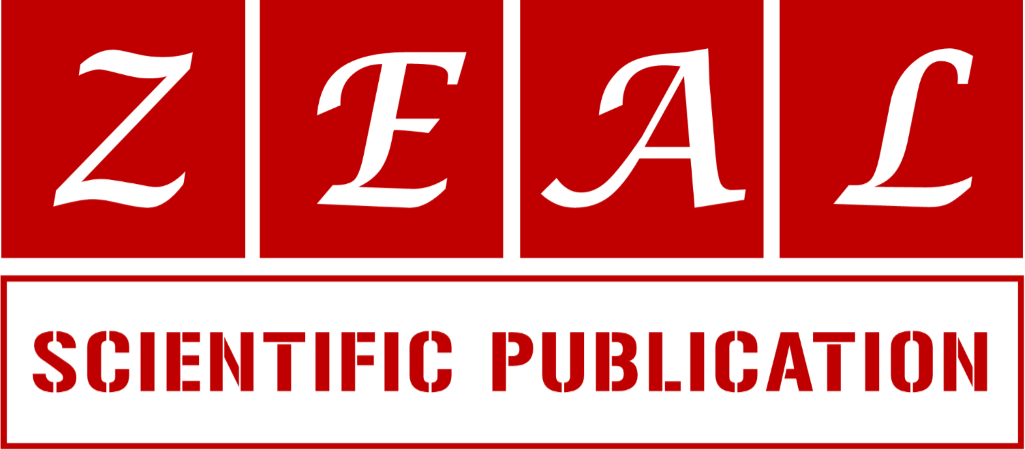Synthesis of Cd (II), Fe (III), Cu (II), and Cr (VI) complexes of Schiff bases and their antibacterial activities
Department of Chemistry, University of Uyo, Akwa Ibom State, Nigeria.
Research Article
World Journal of Advanced Pharmaceutical and Medical Research, 2024, 06(02), 014–020.
Article DOI: 10.53346/wjapmr.2024.6.2.0036
Publication history:
Received on 17 March 2024; revised on 28 April 2024; accepted on 01 May 2024
Abstract:
Schiff base and the metal derivatives have been utilized in numerous areas of the economy. Synthesis and antibacterial activities of Cd (II), Cr (VI), Cu (II), and Fe (III) complexes of Schiff bases were evaluated in this work. Complexes synthesized were Bis(1-phenyl-3-methyl-4-Phenyl acetyl 5-pyrazolone)Cadmium (II) (Cd(HPMPP)2), Tris(1-phenyl-3-methyl-4-benzoyl-5-pyrazolone)Iron(III)(Fe(HPMBP)3), Bis(1-phenyl-3-methyl-4-phenylacetyl-5-pyrazolone)Copper (II) (Cu(HPMPP)2), Hexakis(1-phenyl-3-methyl-4-palmitoyl-5-pyrazolone)Chromium (VI) (Cr(HPMPP)6), and Tris(1-phenyl-3-methyl-4- palmitoyl-5-pyrazolone)Iron (III) (Fe(HPMPP)3). The physical state, colour, and melting point of these complexes were determined using appropriate analytical techniques. Results showed that all the complexes were crystalline in nature; their colours were variable, while their melting points were sharp. The solubility of these complexes in deionized water, acetone, methanol, and ethanol was also carried out. The outcome revealed that all the metal complexes were insoluble in deionized water, Cr(HPMPP)6 was soluble in acetone, methanol, and ethanol. However, the solubility of other metal complexes in the organic solvents used was variable. The antibacterial activities of these metal complexes at different concentrations were also tested against distilled water, E. coli, S. aureus, B. subtillus, and S. typhi. The results showed that, antimicrobial activity of these complexes against distilled water was negative whereas, the bacterial growth of all the bacteria was inhibited by the complexes though at different rates. The inhibition rate of microorganisms was inversely proportional to the concentration of the complexes. The antibacterial activities of Cd(HPMPP)2 and Cr(HPMPP)6 were outstanding against the growth of all the bacteria. Thus, a proper processing of these complexes might result in excellent antibacterial drugs. However, more studies on the mode of action of these complexes against microorganisms and their toxicity should be done in order to establish their potentials for pharmaceutical applications.
Keywords:
Metal complexes; Antimicrobial activity; Metal complexes; Antimicrobial activity; Schiff base; Inhibitory effect
Full text article in PDF:
Copyright information:
Copyright © 2024 Author(s) retain the copyright of this article. This article is published under the terms of the Creative Commons Attribution Liscense 4.0
